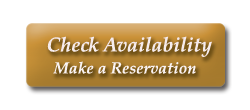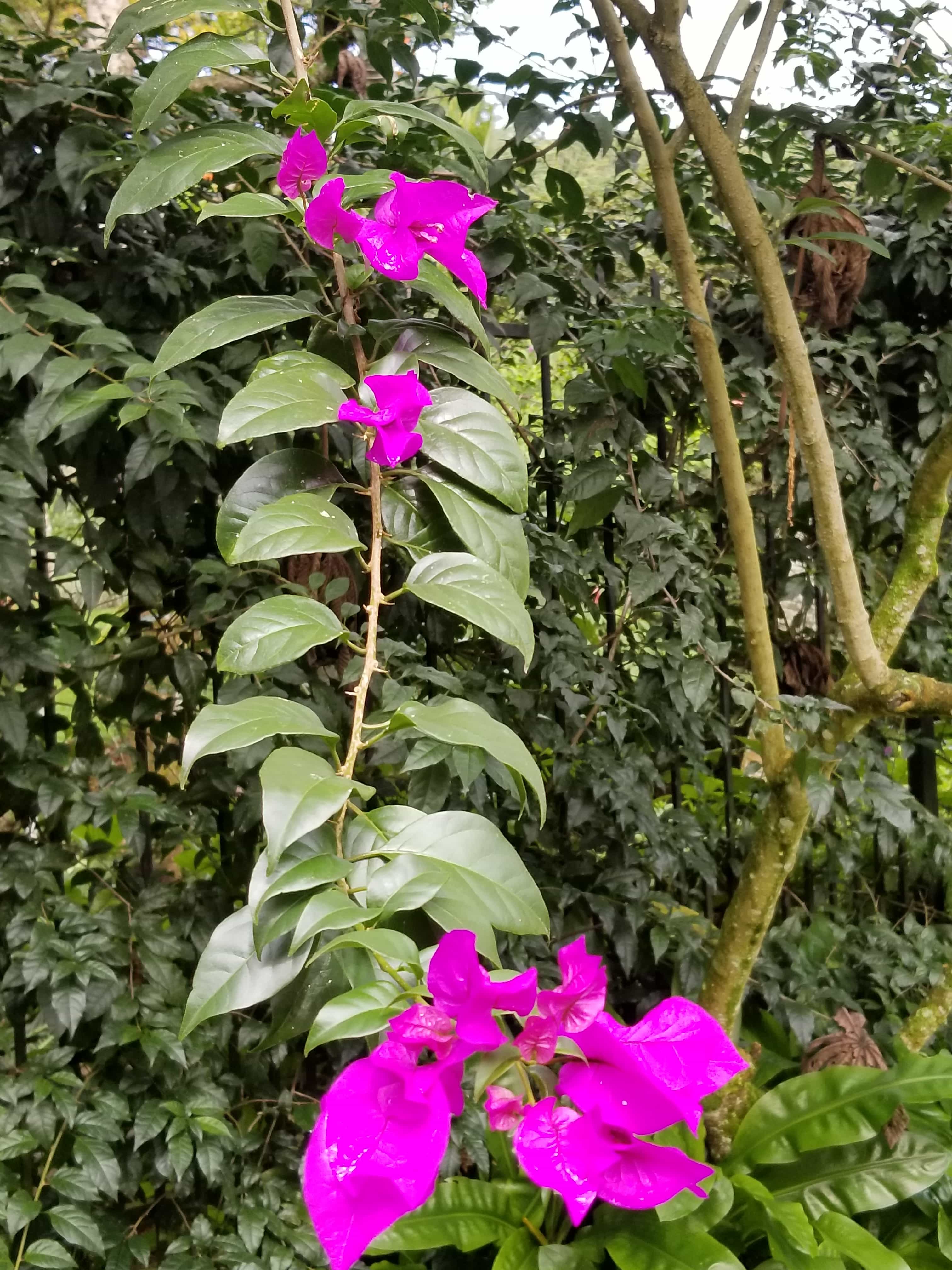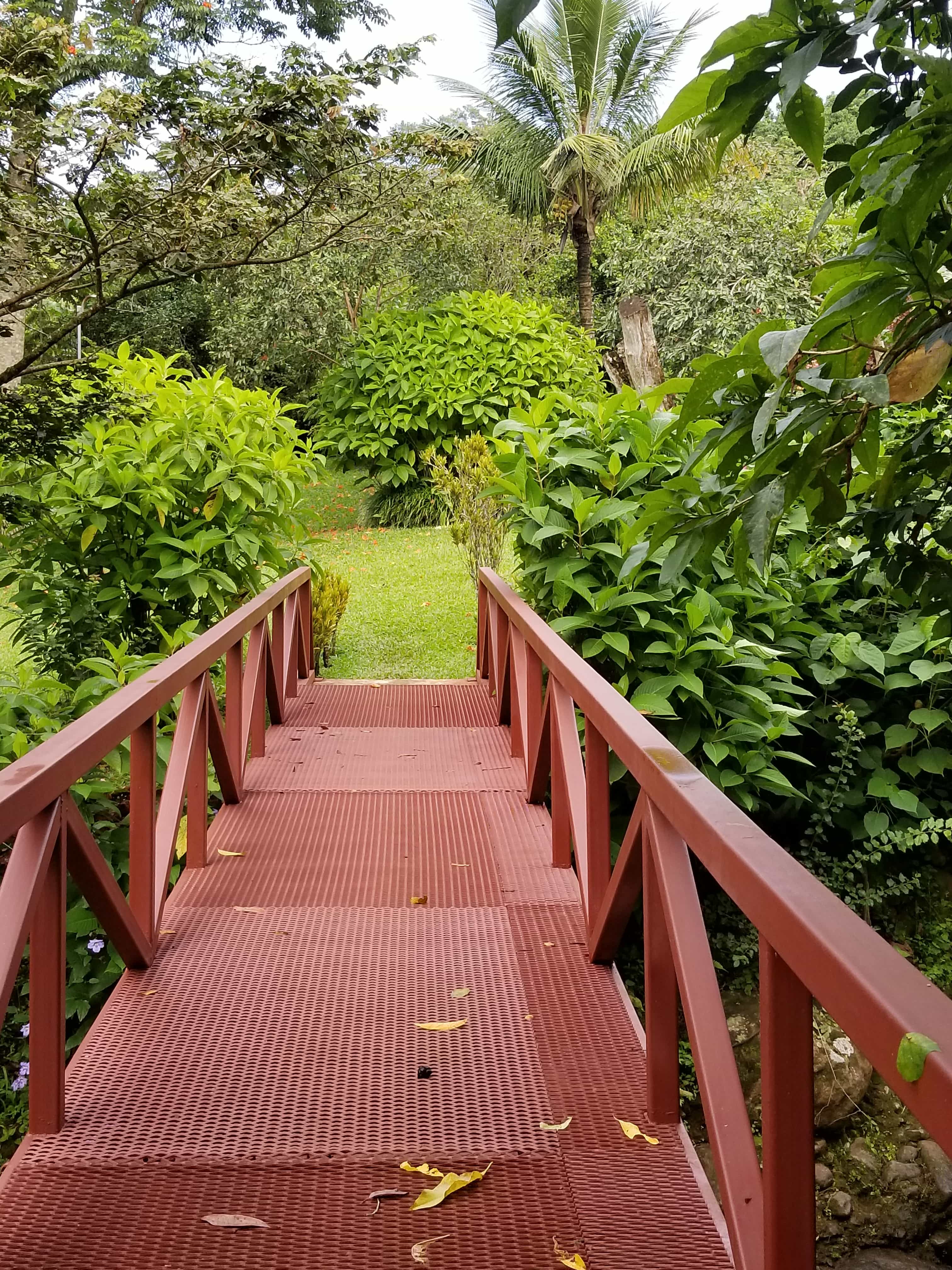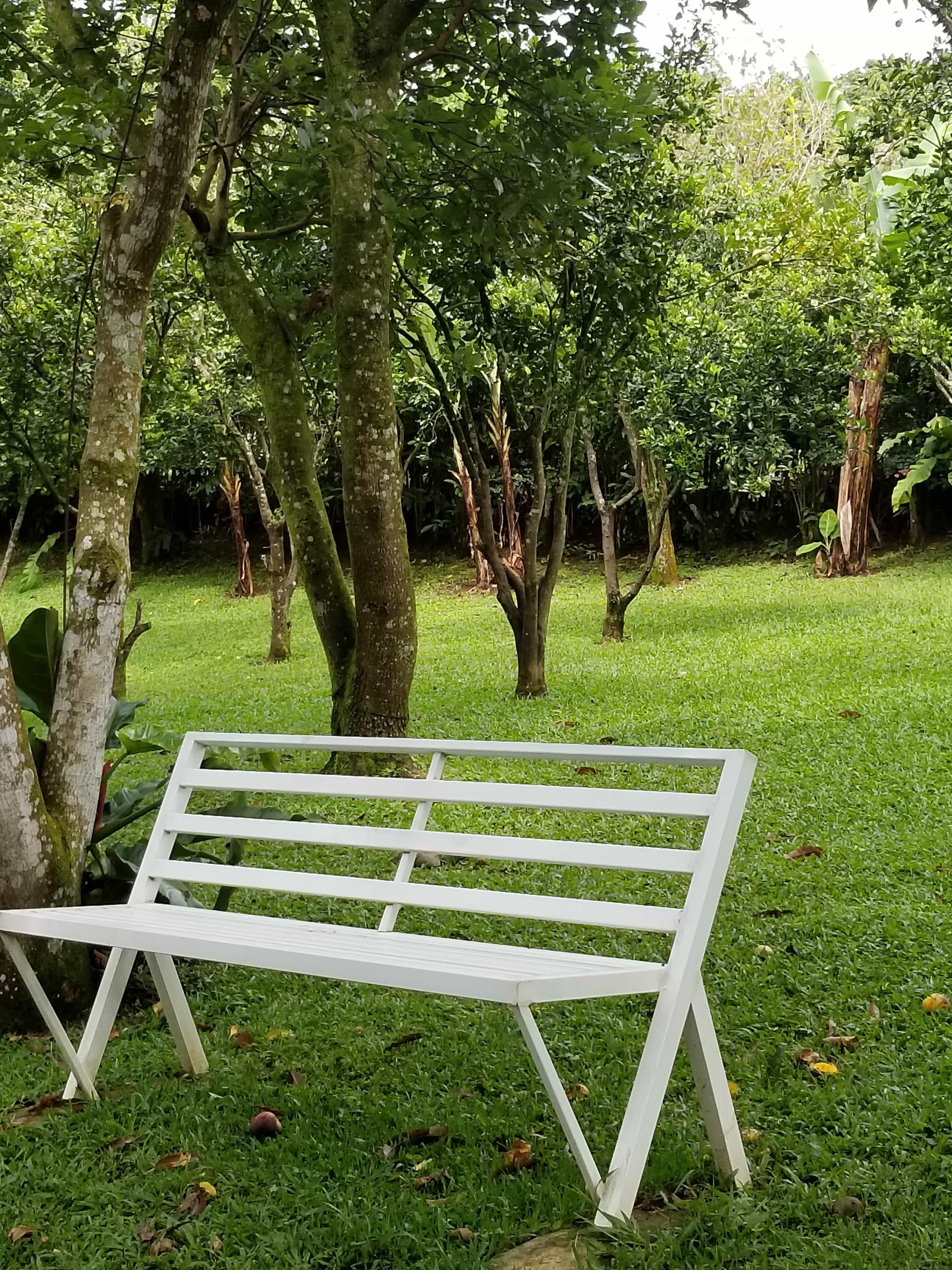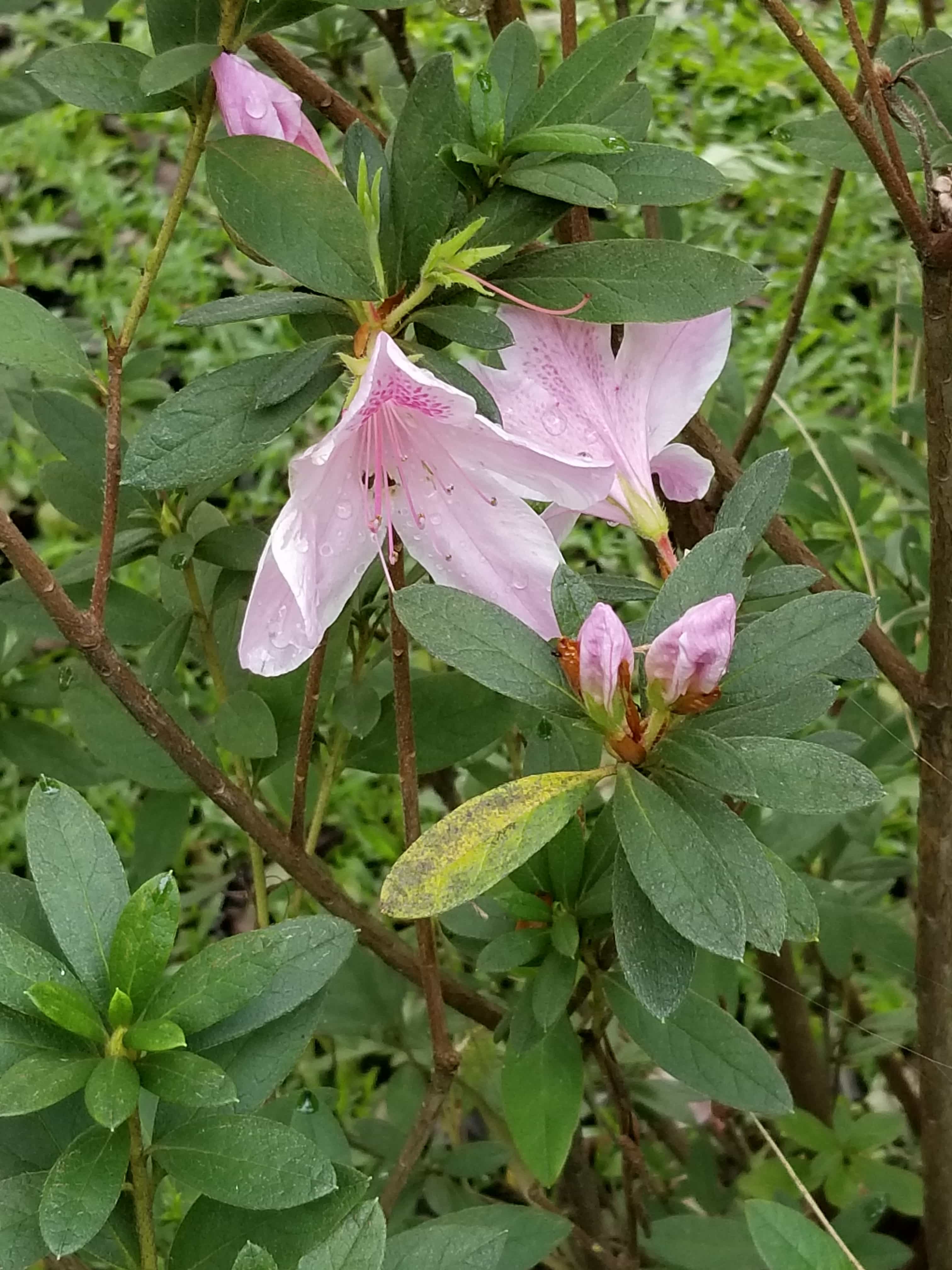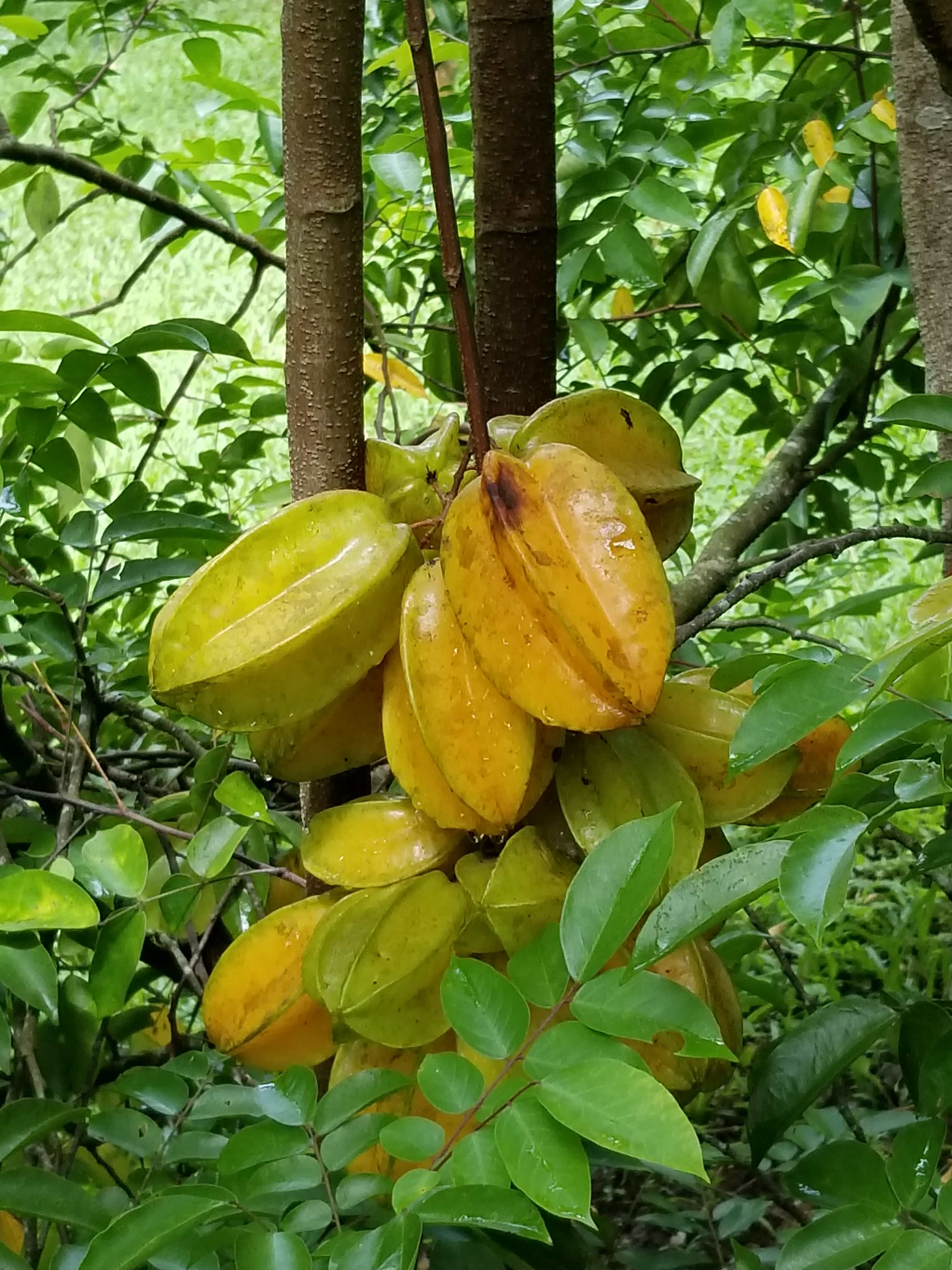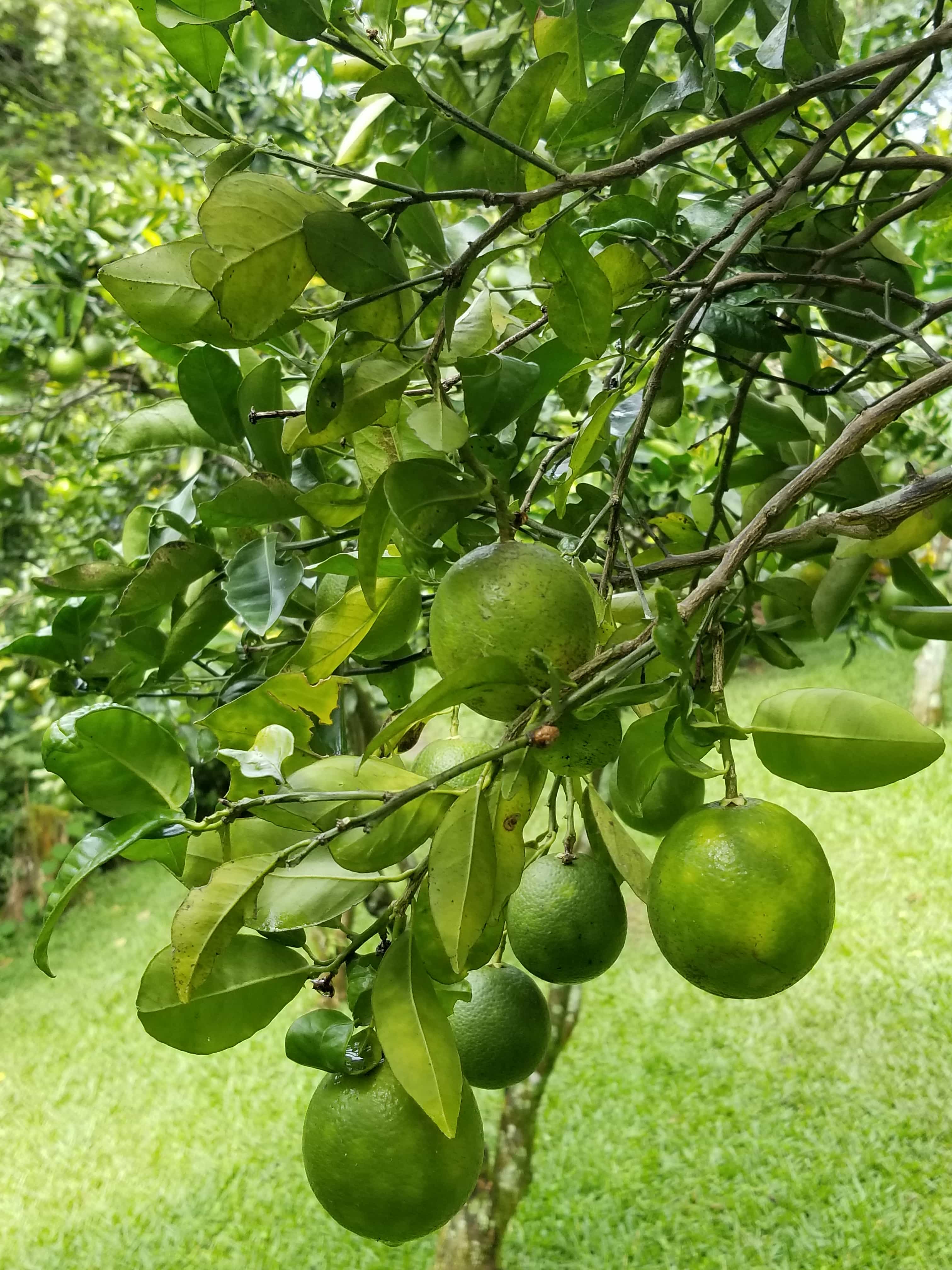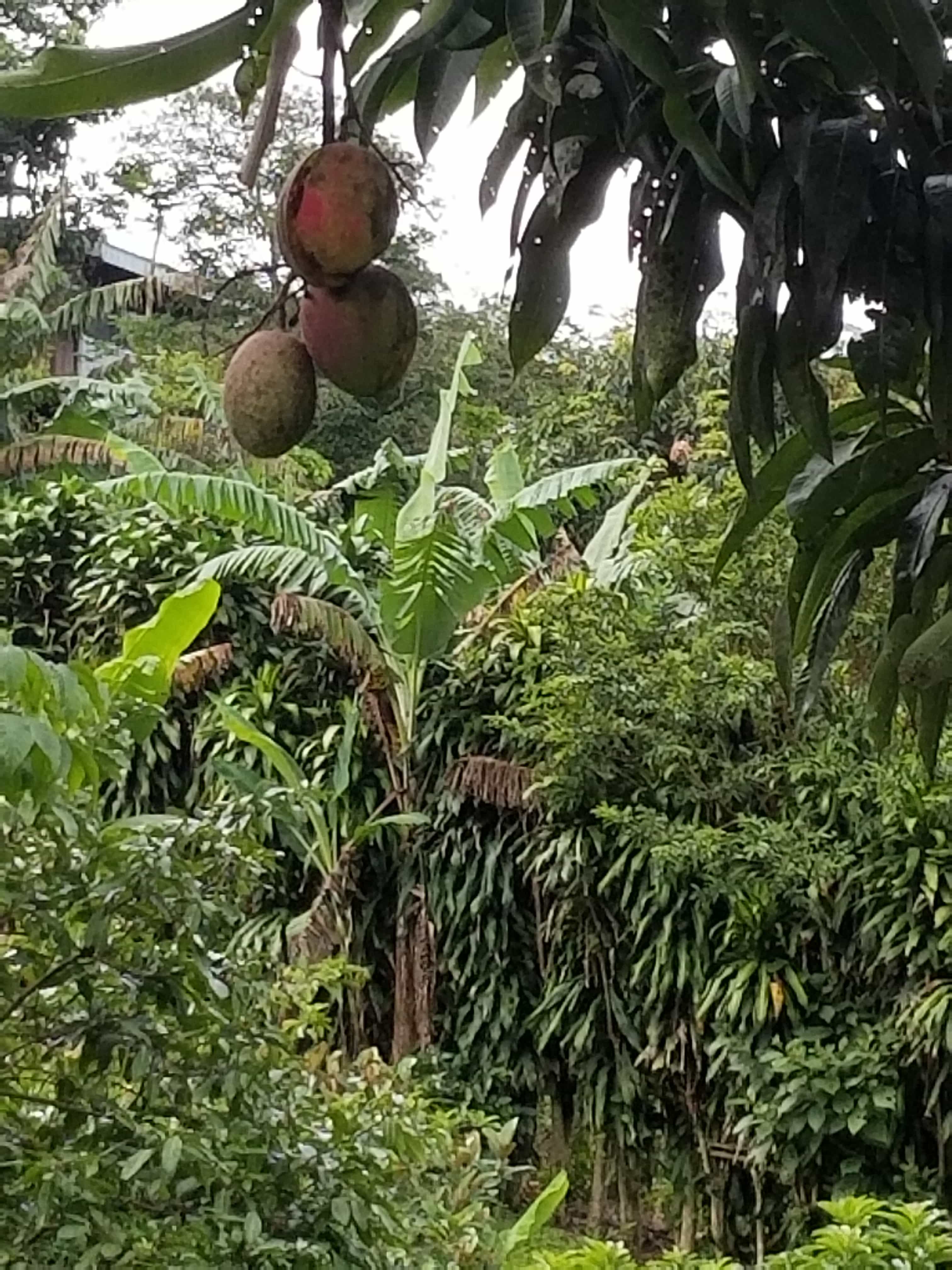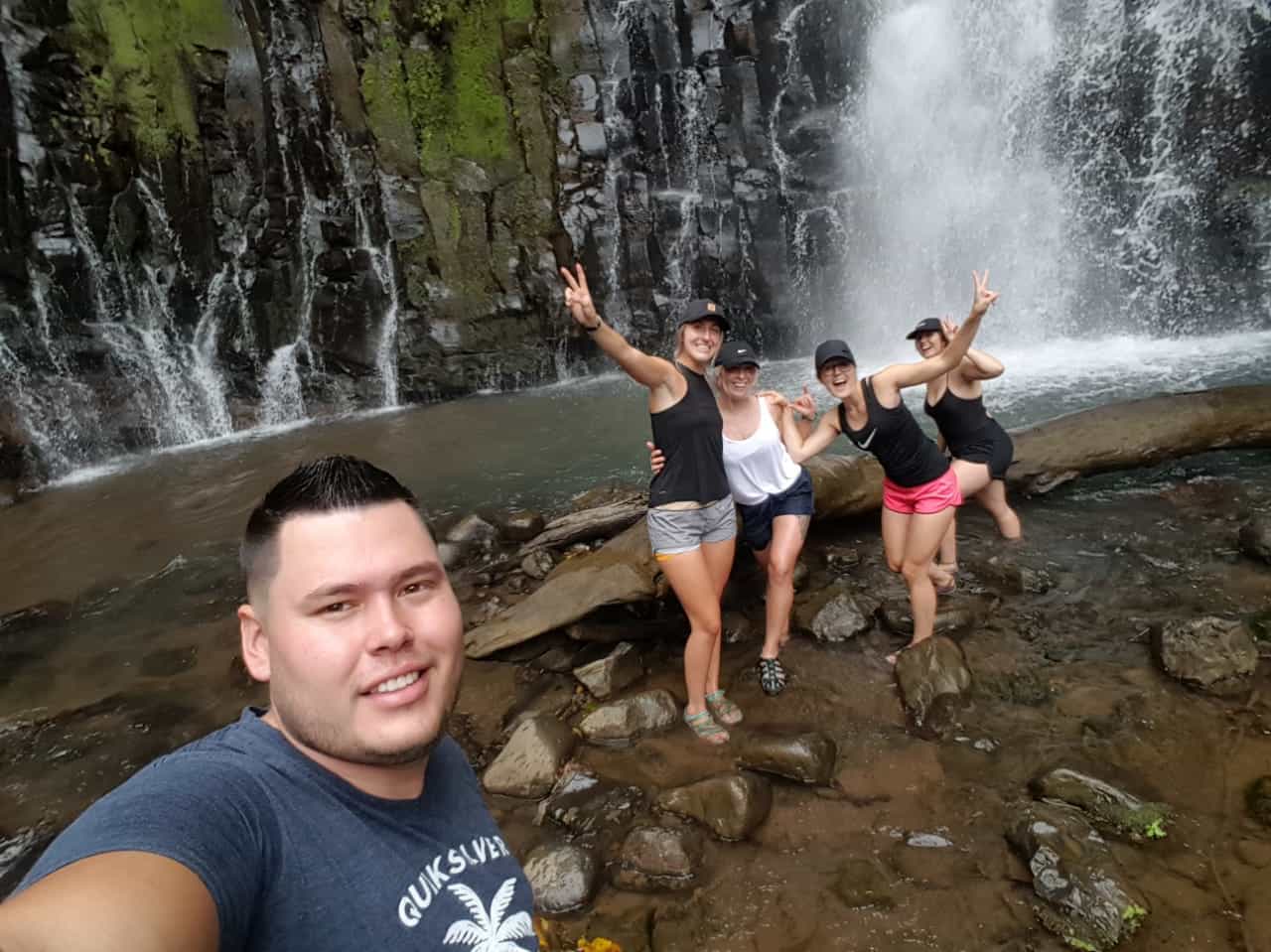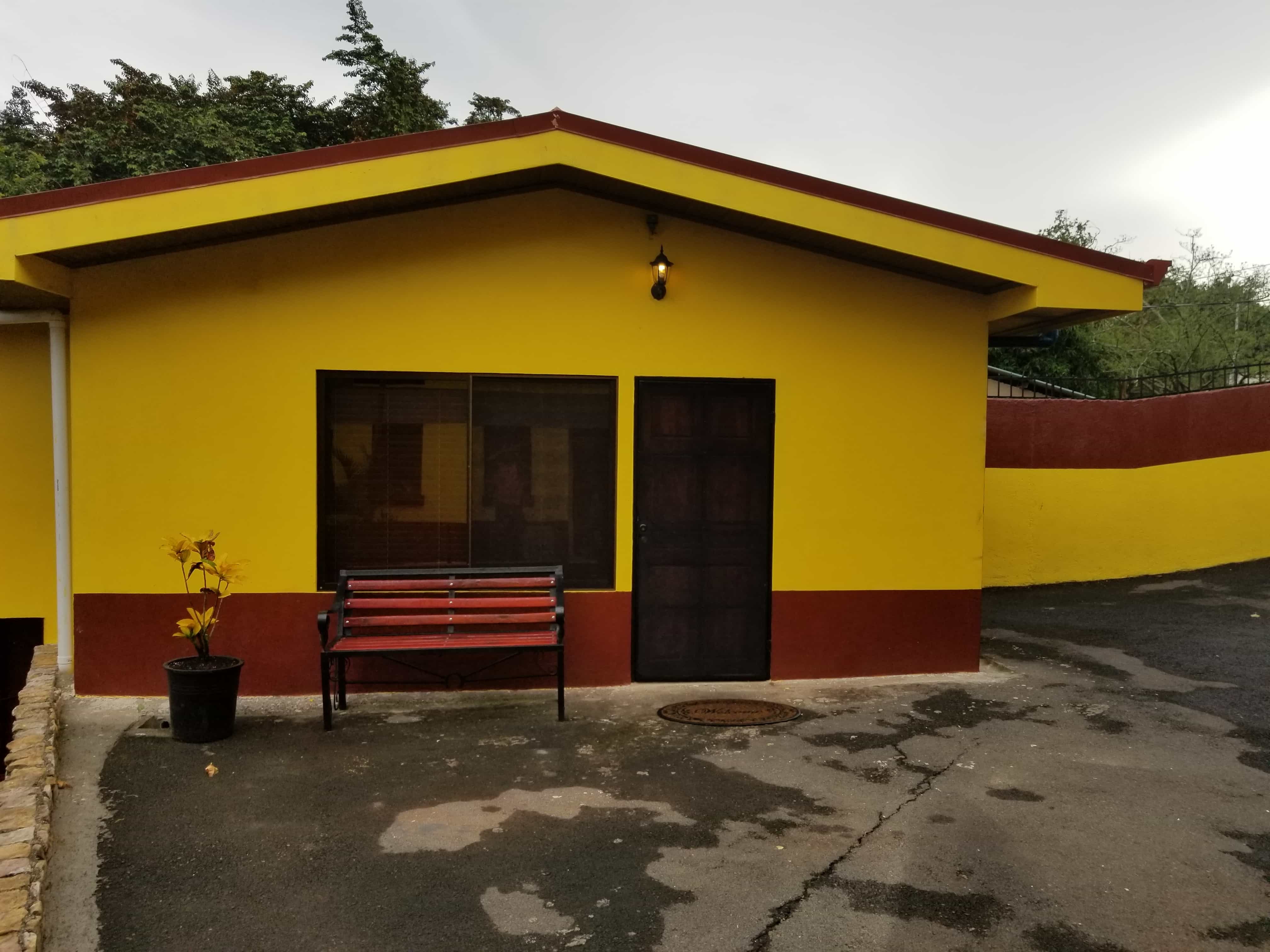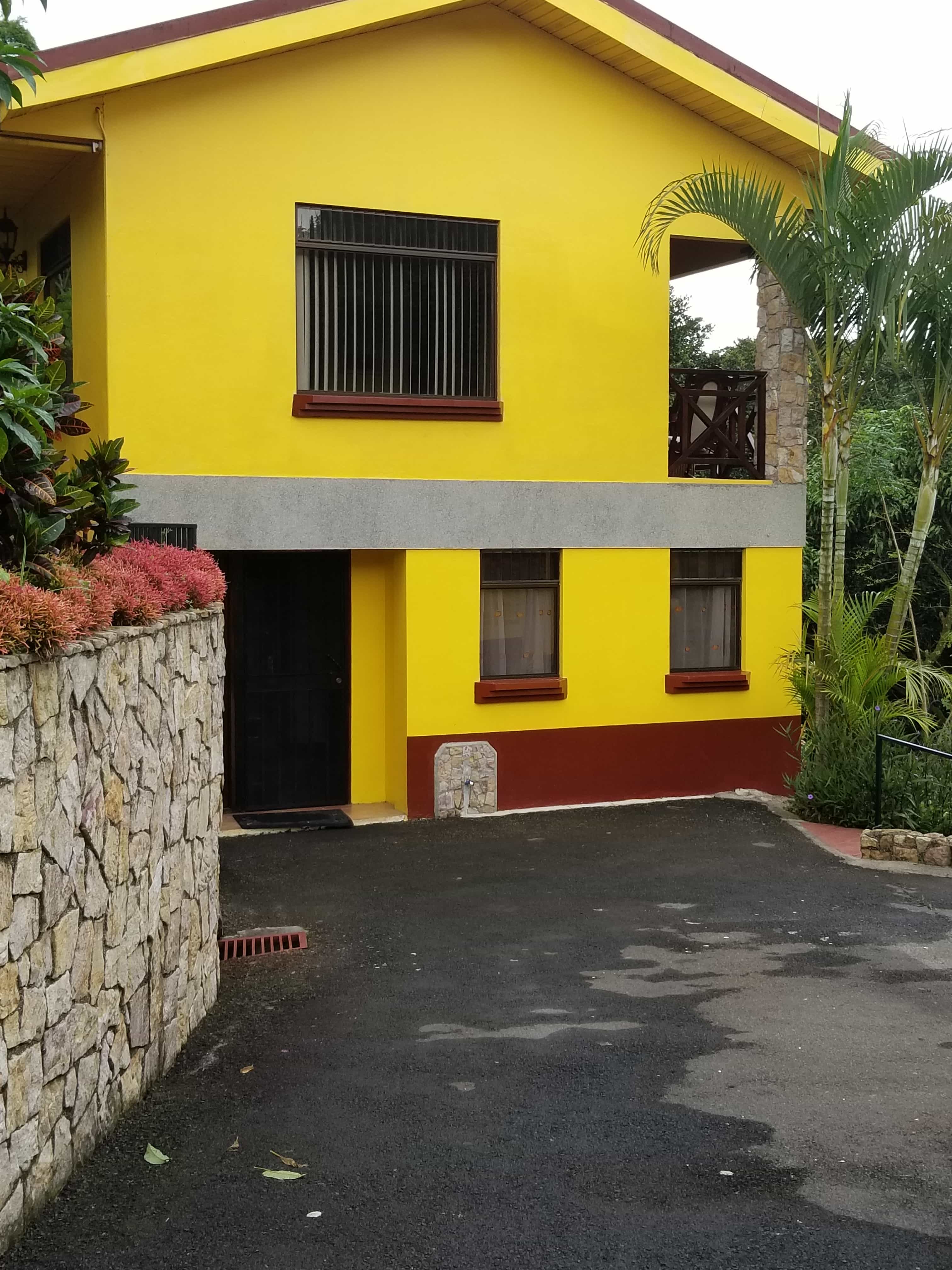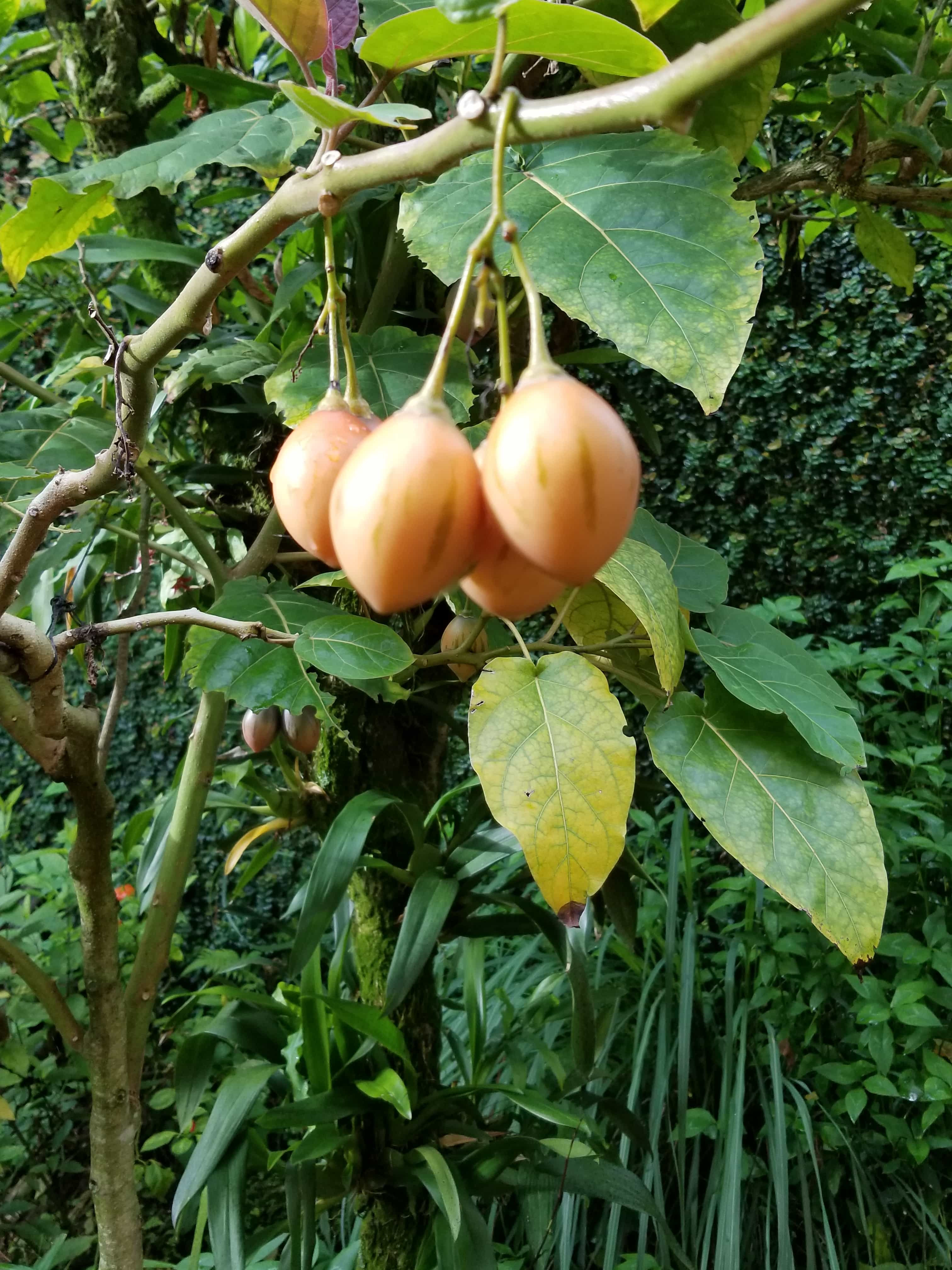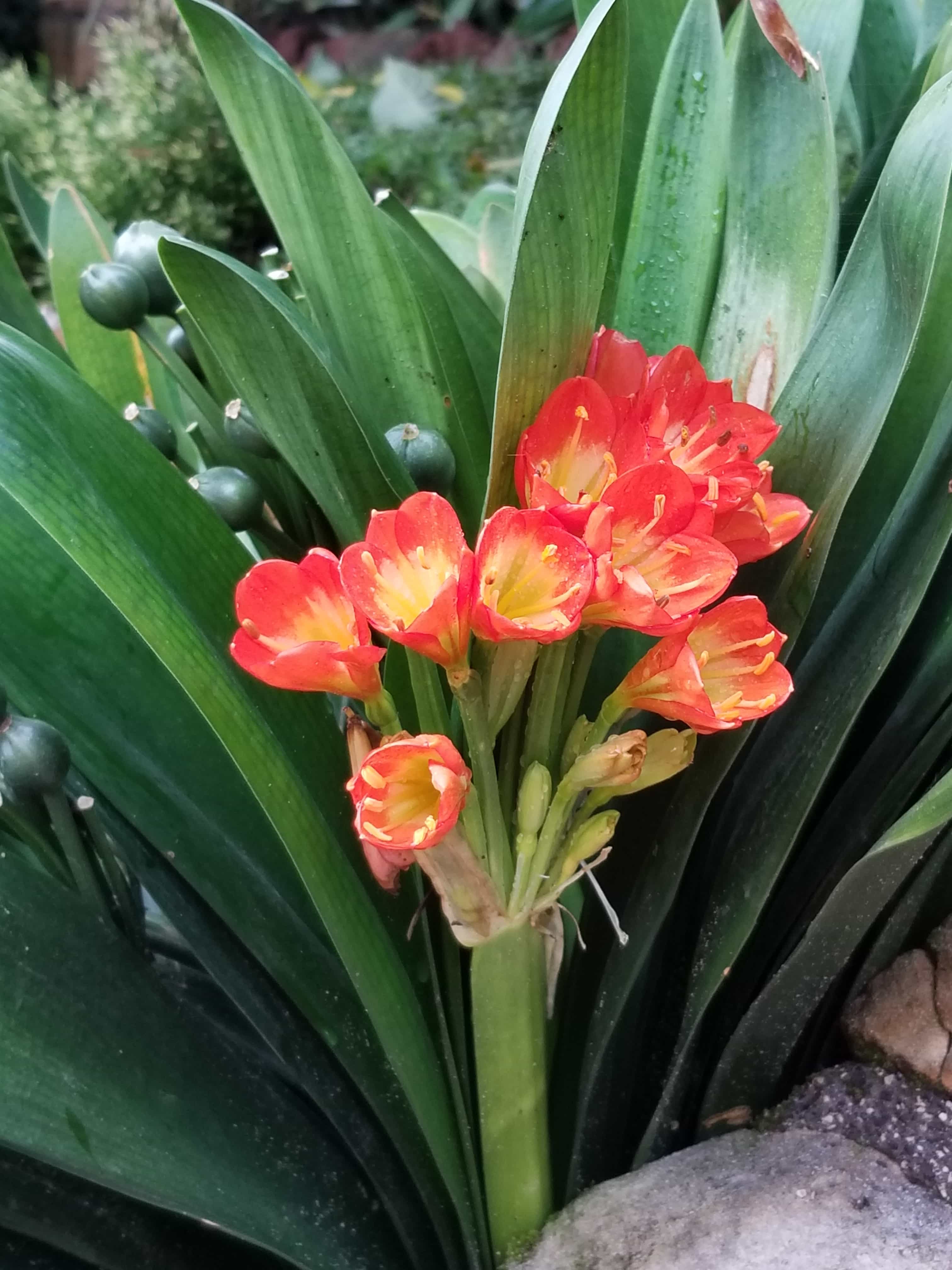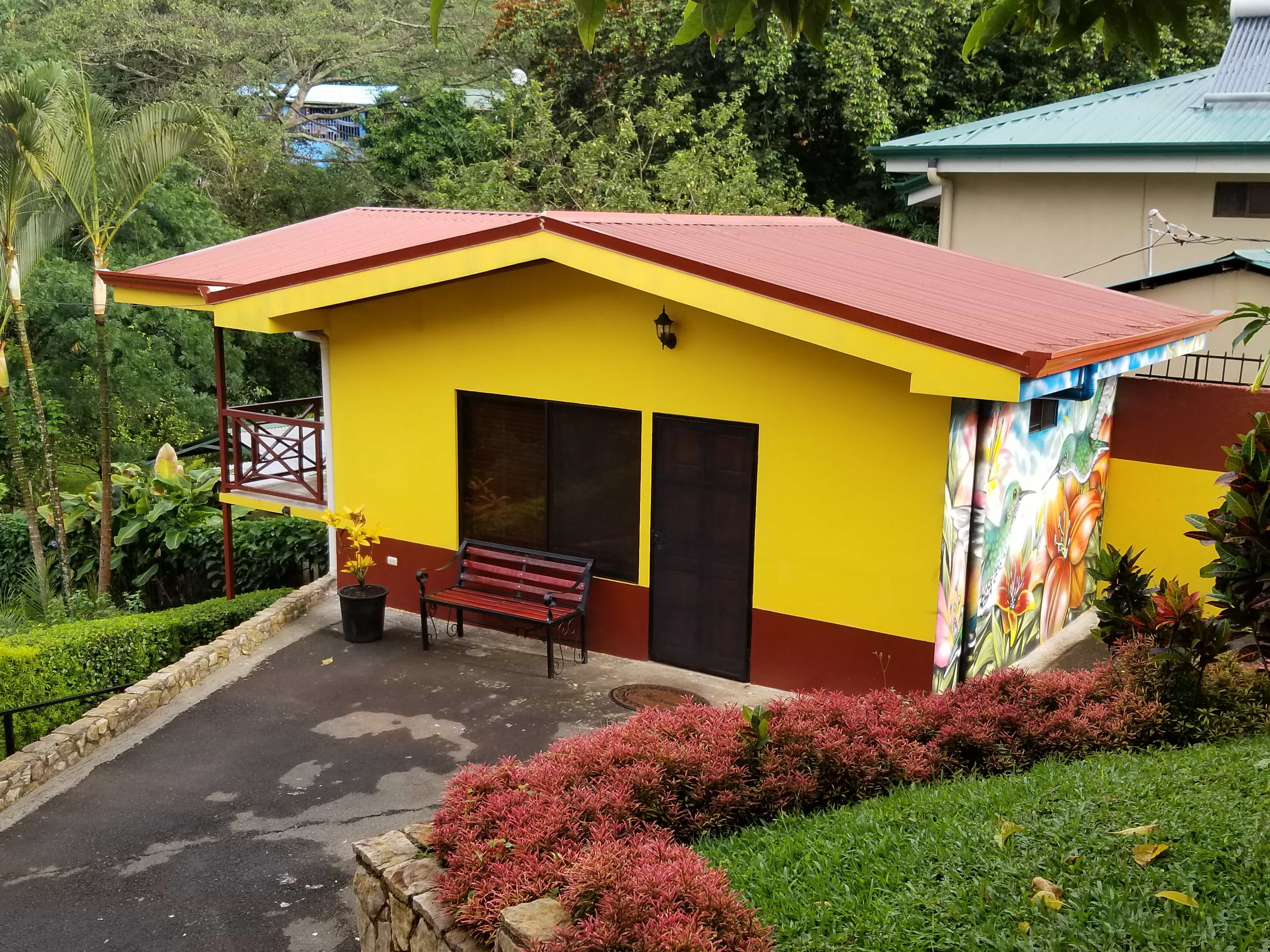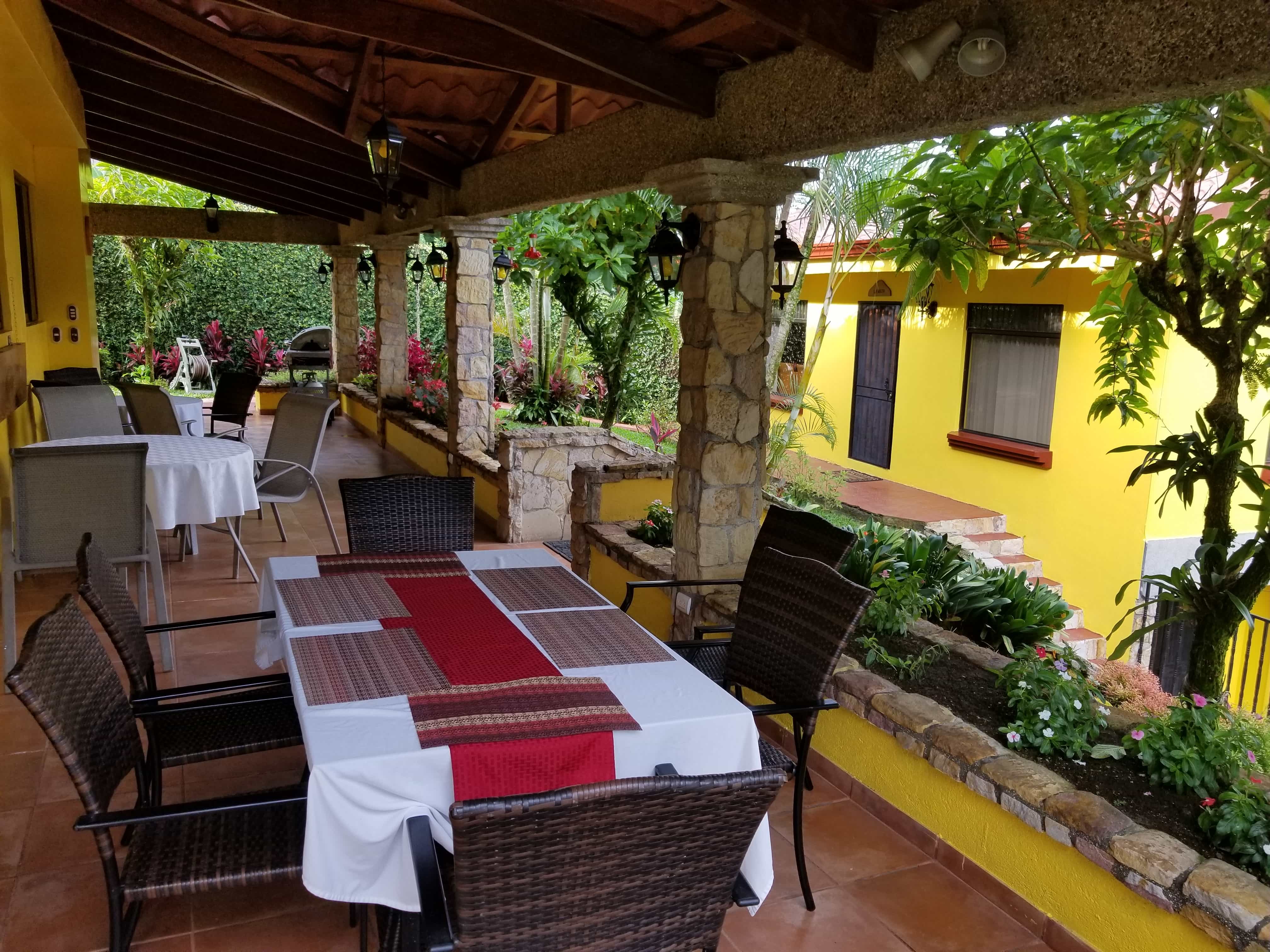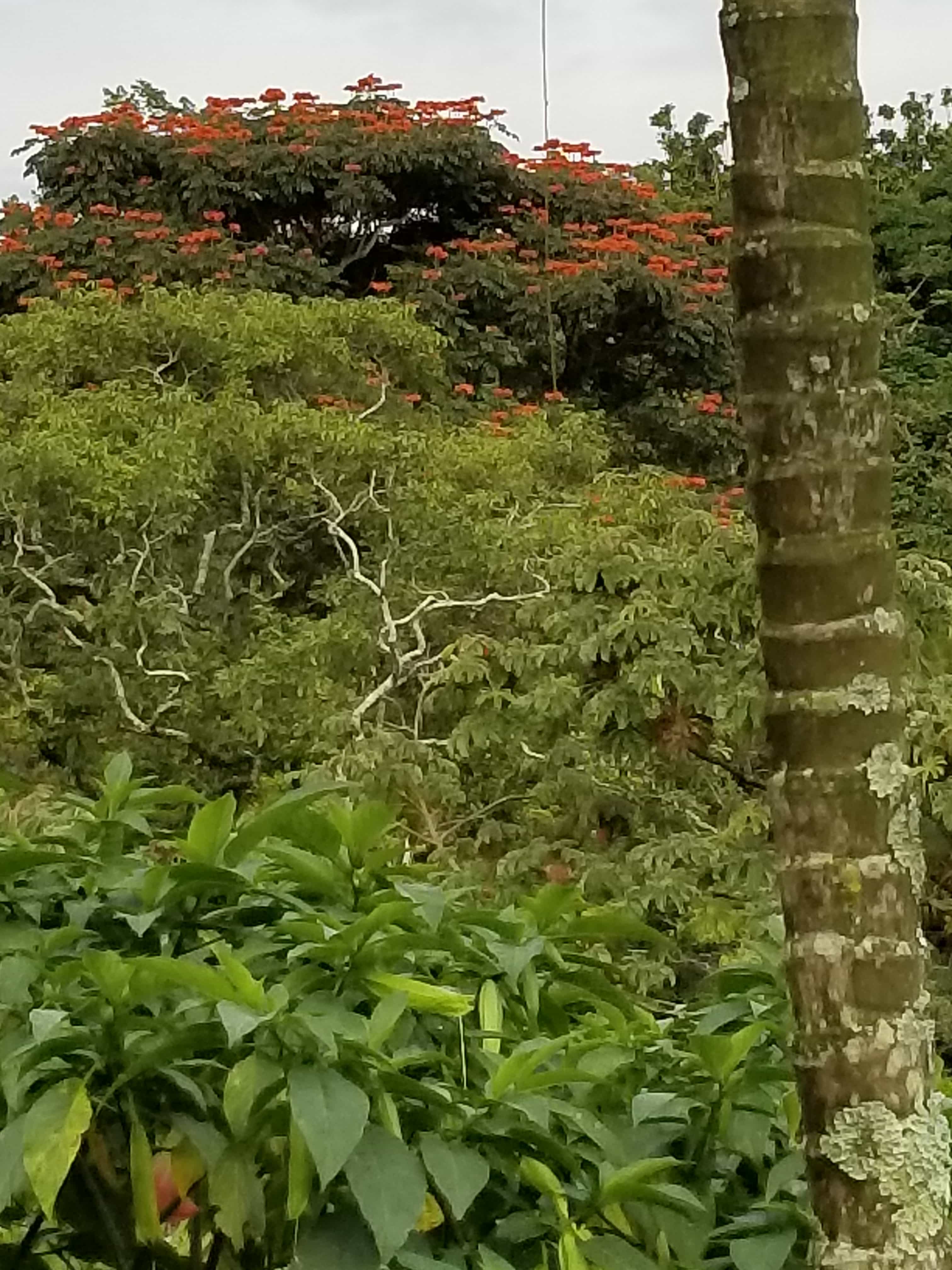Property Plant and Equipment Meaning, Formula, Examples
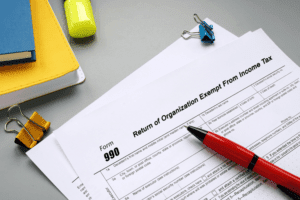
A plant is a physical object that can be used to produce a product or service. The resulting number of the PP&E equation tells investors whether the company believes in itself. A business that invests in these assets expects to be functional and healthy for the long term. However, PP&E unearned revenue should always be considered in tandem with other balance sheet factors. Depreciation expense is the amount subtracted from revenue in an accounting period on account of wear and tear, obsolescence, etc. of the asset.
Related AccountingTools Courses
The method in which the asset has been financed has an impact on the financial viability of the company. Whether this has been done through available cash, or the asset is financed through debt or equity. However, some entities might rent offices, buildings, and warehouses to run their business. And the original decorations or interiors might not need entity expectations.
Plant Asset Vs Current Asset

Differentiating plant assets from current assets on the balance sheet offers stakeholders a clearer understanding of a company’s operational strength and financial health. Recognizing the value of plant assets and integrating a robust asset management plan can ultimately enhance productivity, extend asset lifespans, and drive sustained business success. A group of long-term tangible assets that are used to generate revenue and profit is called plant assets.
Reporting in financial statements:

The assets can be further categorized as tangible, intangible, current, and non-current assets. There are many benefits that an entity plant assets examples can obtain from the proper categorization of fixed assets. For example, fixed assets accountants might perform reconciliation between accounting records to the listing they use to help control the assets.
What you will learn to do: Identify PP&E
- The resources are sometimes owned by the company and sometimes borrowed by external parties.
- Current assets typically include cash, inventory, accounts receivable, and other short-term liquid assets.
- These two types of fixed assets we use these assets are completely different even though their useful life might be the same.
- As we continue to walk our way down the balance sheet, we come to noncurrent assets, the first and most significant of which is PP&E.
- Together, current assets and current liabilities give investors an idea of a company’s short-term liquidity.
- When researching companies, the financial statement is a great place to start.
Let us try to understand the depreciation and plant asset disposal methods. If required, the business or the asset owner has to book the impairment loss. Jami Gong is a Chartered Professional Account and Financial System Consultant. She holds a Masters Degree in Professional Accounting from the University of New South Wales. Her areas of expertise include accounting system and enterprise resource planning implementations, as well as accounting business process improvement and workflow design. Jami has collaborated with clients large and small in the technology, financial, and post-secondary fields.
Depreciation expense — calculated in several different ways — is then carried through to the income statement and reduces net income. Over time, plant asset values are also reduced by depreciation on the balance sheet. Like any category of assets, it’s critical to evaluate plant assets on a company-by-company basis. Generally, plant assets are among the most valuable company assets and tend to be relied on greatly over the long term.
When researching companies, the financial statement is a great place to start. PP&E should only be used by a company if it can establish an asset’s cost with reasonable accuracy. The company would now adjust the carrying amount to £90,000, and depreciation would be calculated using the revalued amount. If the asset’s value is found to be impaired, the carrying amount would be reduced.
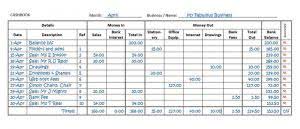
This cost includes everything the company spent to get the asset, like purchase price, transportation expenses, installation costs, and any other directly attributable costs. Plant assets, also known as fixed assets, are any asset directly involved in revenue generation with a useful life greater than one year. Named during the industrial revolution, plant Certified Bookkeeper assets are no longer limited to factory or manufacturing equipment but also include any asset used in revenue production. Property plant and equipment are considered long-term capital investment and their purchase shows that the management believes in the company’s long-term outlook and profitability. Net plant, property and equipment include machinery, vehicles, equipment, land, office, furniture, etc. When a plant asset is acquired by a company that is expected to last longer than one year, it is recorded in the balance sheet at the end of the financial year.


